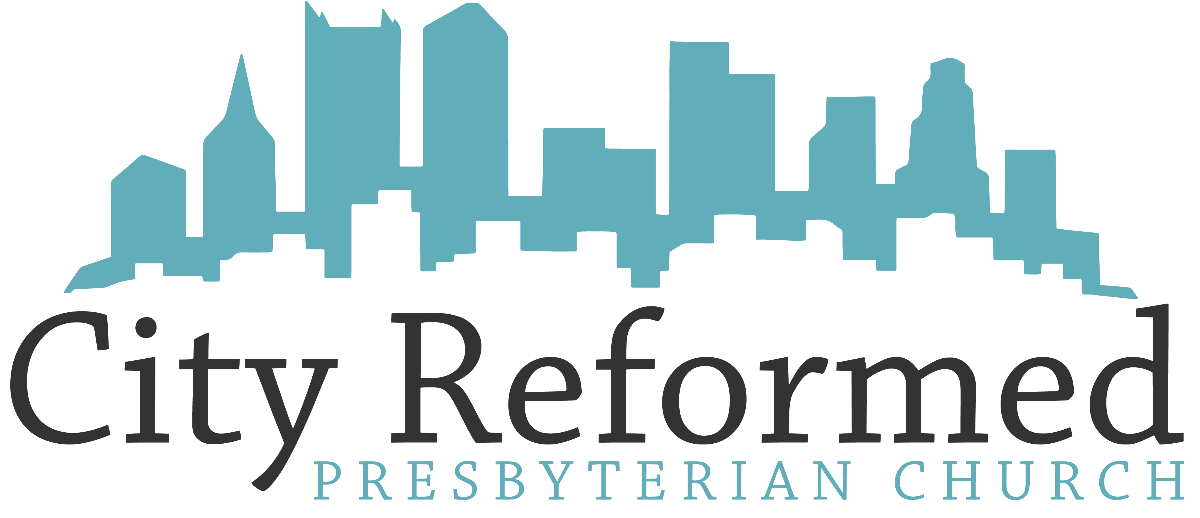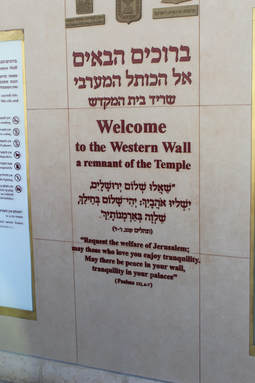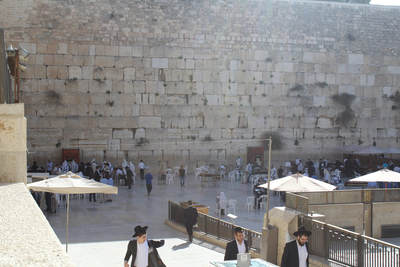Today we visited the most important place for modern Jewish people. The Western Wall, known as the “Wailing Wall” is an exposed portion of the ancient temple mount from the time of Christ. When the temple was destroyed by the Romans in 70 AD the walls around the base of the temple mount were all that remained. The Western Wall is particular important because it is close to where the Holy of Holies would have been inside the temple.
Until 1967, when Jerusalem was controlled by Muslims, the Jewish people had very little access to visit any of their holy sites. This fairly small section of the original temple mount was open to Jewish people one day each year. It seems to symbolize both their access to God and their vulnerable national identity. But because they believe that the temple was meant to be a “house of prayer for all people”, the Western Wall is open to be of all religious faiths. As moved closer to the wall, we became more than tourists – we became participants.
Like other holy sites, appropriate dress was required. For the Catholic sites that means that men take off their hats. At the Jewish sites men have to cover their heads. Free yarmulkes are available for all who wish to approach in prayer. It took a moment to figure out how to make it sit properly on my head. It was early in the morning, so it seems that the crowd was smaller. I threaded my way through the rabbis praying with their disciples and approached the ancient stones. This is all that remains from the temple. Huge stones that are worn by sun and rain and countless people.
As I placed my hands, then my forehead on the wall, I felt that the rock was cool to the touch. The wall was enormous. Hebrew prayers filled the air. A general murmur rose above the crowd. I felt small. And somewhat insecure. Had I covered my head properly? Was it ok for me to come close to the wall?
I suppose that some of the insecurity rose from the experience of being on the “turf” of another religion. But I think some of it was bigger than that. The purpose of the temple is to show God’s holiness. His “otherness”. His bigness. And our consequent smallness. Modern western culture does not emphasize this aspect of the divine. Our secular culture seeks to eliminate God altogether, or at least minimize his presence. Even Christianity in the west tends to focus on making God accessible.
But this is not the God of the Bible. The New Testament is rooted firmly in the old. We are told that we can approach God’s throne in prayer with confidence – not because God is small, inconsequential and cuddly. But we are invited to approach God’s throne in prayer with confidence because we have been cleansed by the sacrifice of Christ. Our confidence does not lie in God’s smallness, or in our own preparations. But our confidence lies in the mediation of Christ.
I don’t want to diminish our confidence in prayer in even the smallest degree. But I do hope to retain this fresh reminder of God’s grandeur. I think of the words of the book of Hebrews:
Therefore, let us be grateful for receiving a kingdom that cannot be shaken, and thus let us offer to God acceptable worship, with reverence and awe, for our God is a consuming fire. (Heb. 12:28-29)


